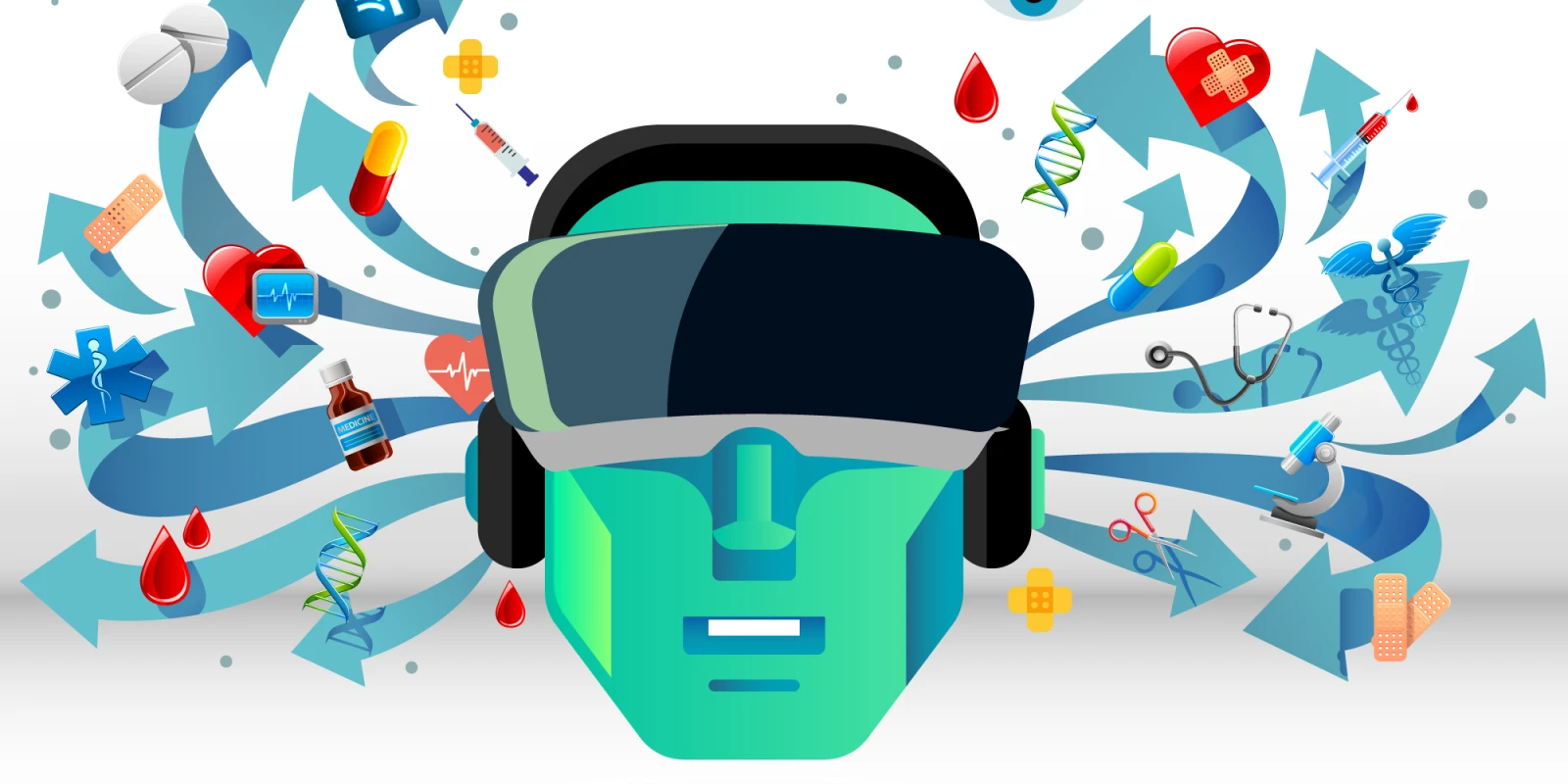
VR is becoming more realistic for clinicians to use in practice, such as using VR with patients with dementia, pain management, psychiatric care, and education. VR has demonstrated steady growth in the financial market with a forecasted growth of 23.13 percent (2019-2025).
Because VR’s continued momentum in research, finance, and practice, Doximity has spoken with five physicians from very different specialties to discuss how VR is impacting them and what they imagine the future of VR to look like, as well as answer questions those unfamiliar with VR may have. Despite their different areas of expertise — WHAT DO THEY DO — they agree that VR can be a tool to use in adjunct with traditional practice, and does fully replace the traditional way of practicing or teaching.
How Is VR Being Used Now?
These five physicians have illuminated some of the many uses of VR and future possibilities. Dr. Brian Lee Chau, a rehabilitation physician for the U.S. Department of Veteran Affairs PM&R, uses VR with his patients suffering from spinal cord injuries and phantom limb pain. Dr. Nnamdi Orakpo, Psychiatry resident and physician scientist, has recently started researching VR as a cognitive behavioral therapy in combination with EEG and neurofeedback therapy to reduce opioid use for chronic pain management. Dr. David Axelrod, Pediatric cardiologist at Stanford Hospital and medical consultant with Lighthaus, Inc., uses VR to educate patients, patient families, and medical trainees on congenital heart conditions. Dr. Brandon Birckhead, VR researcher at Cedars-Sinai and co-director for the Virtual Medical Conference, is completing clinical trials for chronic pain associated with muscle-skeletal injuries to develop protocols for appropriate VR use. Dr. Rachel Umoren, with University of Washington Physicians and Seattle Children’s Hospital, is continuing clinical trials evaluating the effectiveness of training using mobile VR with health care workers providing newborn resuscitation in Africa.
How Hard Is It To Learn How to Use VR?
Many of these physicians began using VR in their research and practice from a brainstorming moment and some out-of-the-box thinking. Dr. Chau’s epiphany moment came when learning about phantom pain, and thought it sounded like something he could treat in virtual reality. Dr. Orakpo had a similar thought of “immersing” the patient in the experience of EEG and neurofeedback therapy. Dr. Umoren wanted to find a way to make learning more engaging than just reading a book or watching a video.
Learning curves in using VR were varied among the physicians. Some physicians had previous exposure and were able to start using VR fairly quickly with patients or in teaching. Others reported a steeper learning curve. For Dr. Axelrod, his learning curve was steep due to limited major technology skills while working with software engineers to develop educational VR programs. Drs. Birckhead and Umoren shared minimal personal learning curves, but found that their patients and medical personnel had steeper and varied learning curves when using VR, which may have been related to whether the learner was a digital native or non-digital native.
What Am I Wrong In Thinking About VR?
VR is continually making its way toward mainstream access and consumption. It is also widely forecasted to take off in the health care realm. However, despite the forecast, one of the misconceptions expressed by Dr. Lee Chau was the optimism and confidence around how widely and quickly VR would be used. Dr. Umoren added that two widely believed misconceptions are: one, you can do anything with VR, or two, you can only use it for communication and teamwork training. She believes that somewhere between those extreme misconceptions lies the truth. Although sharing similar sentiments, Dr. Axelrod also stated, “once health care really takes off with [VR], it’s going to be pretty amazing because… [there is going to be] a lot of room there for more work.”
A misconception both Drs. Orakpo and Birckhead expressed was related to who can benefit and adhere to physician recommendations in using VR in treatment. Dr. Nnamdi Orakpo talked about the stigma of using more advanced technology with older generations (non-digital natives); yet, when given the time to learn the older generations can have a better compliance record than younger generations (digital natives).
What is the Future of VR?
There are so many directions VR can be used in health care, and for Dr. Orakpo, researching VR with EEG and neurofeedback therapy can be a life-long research project. For others, taking VR in the direction of further educational purposes for both patients and medical personnel, expanding VR uses in rehabilitation therapy, and formulating appropriate protocols for VR use in practice are just a few further expansion directions. Each of one of these physicians believes VR can be part of any clinician’s toolkit.
Dr. Birckhead brought up two important points for physicians to remember. First, through all the excitement and hype of VR, we need to remember that technology has not caught up to our expectations and what we envision. Second, integrating VR into the clinical workflow is important because using VR in health care is more than just technology — it’s a human science.







